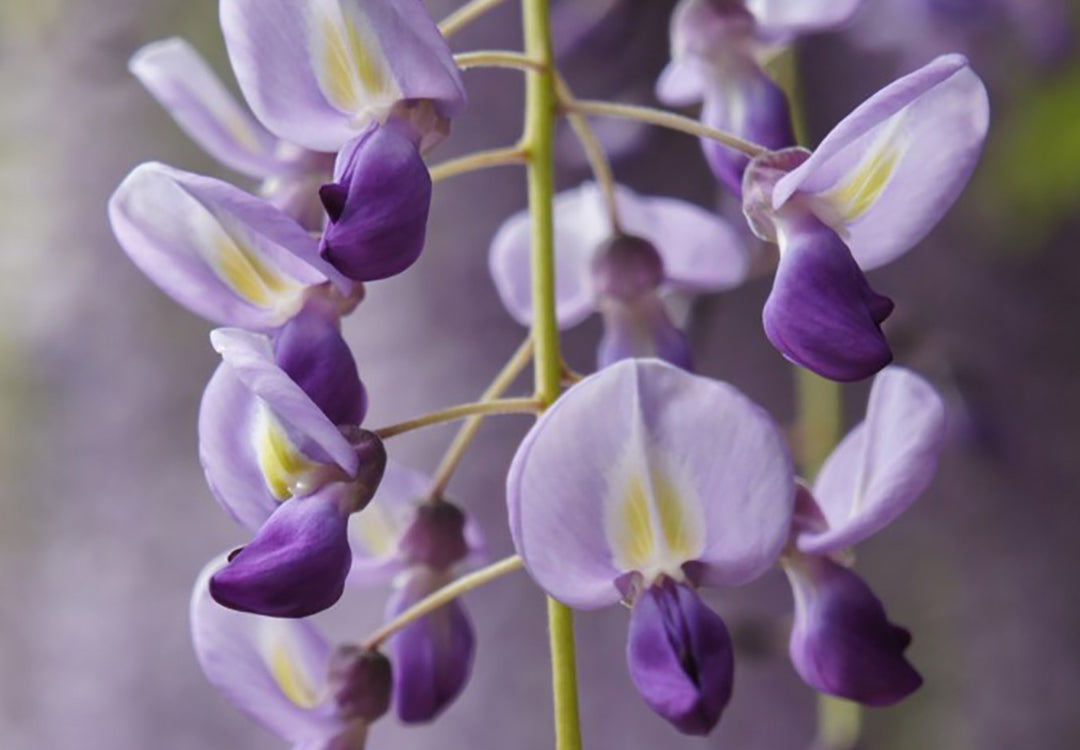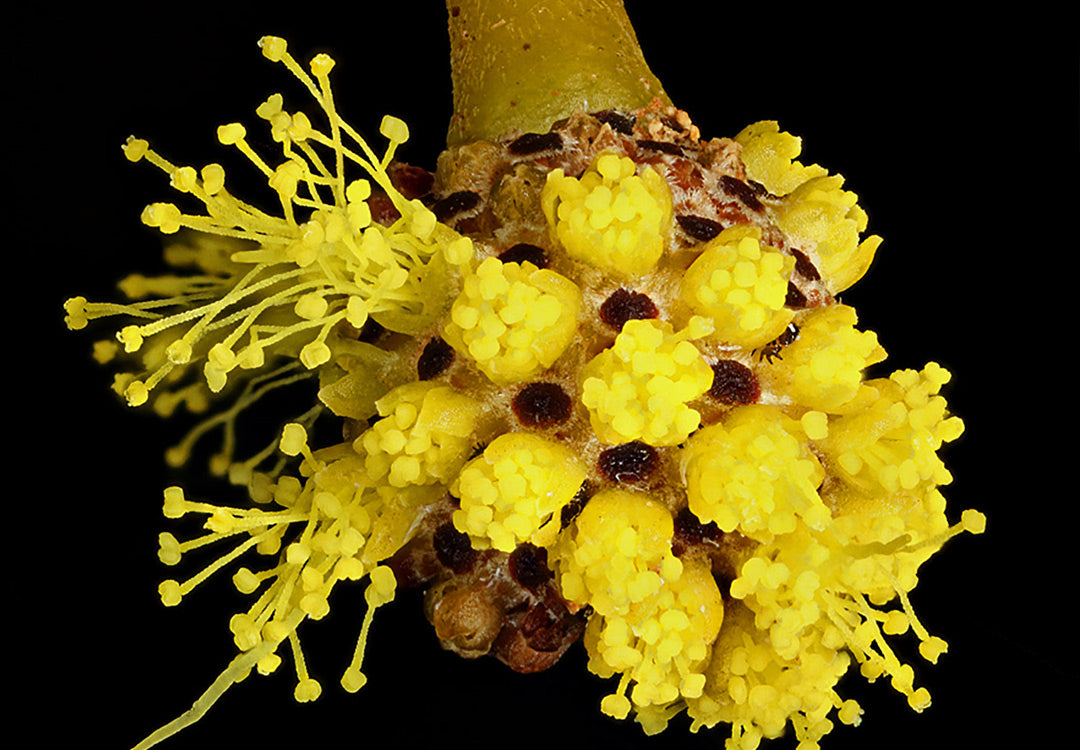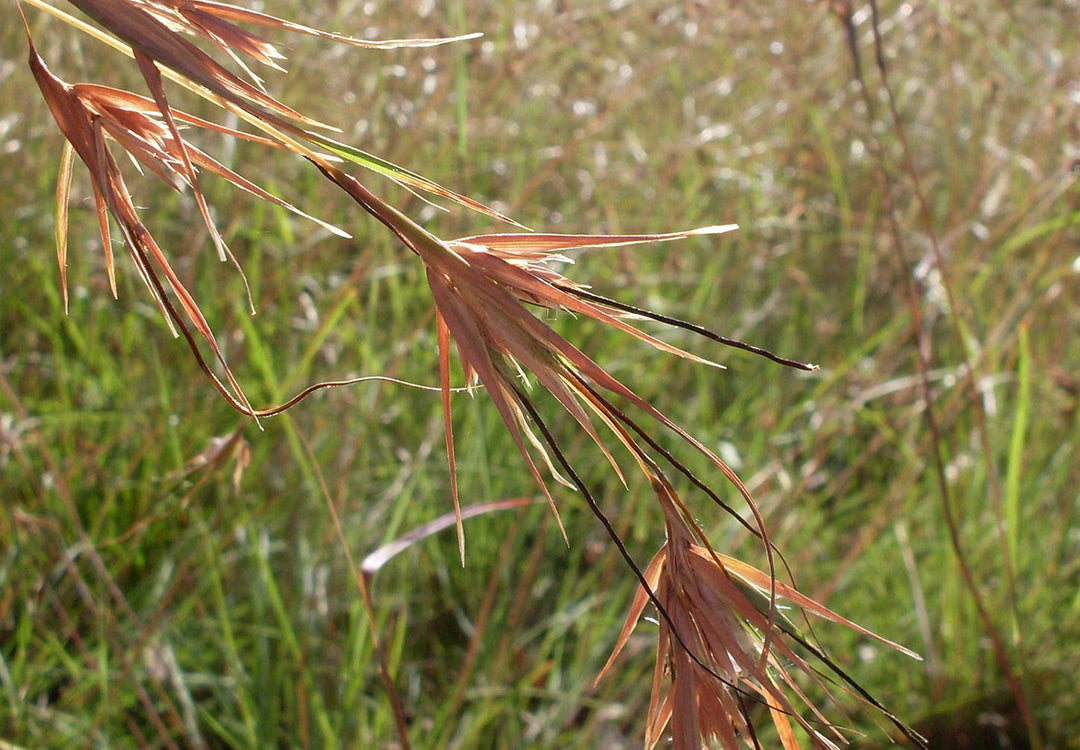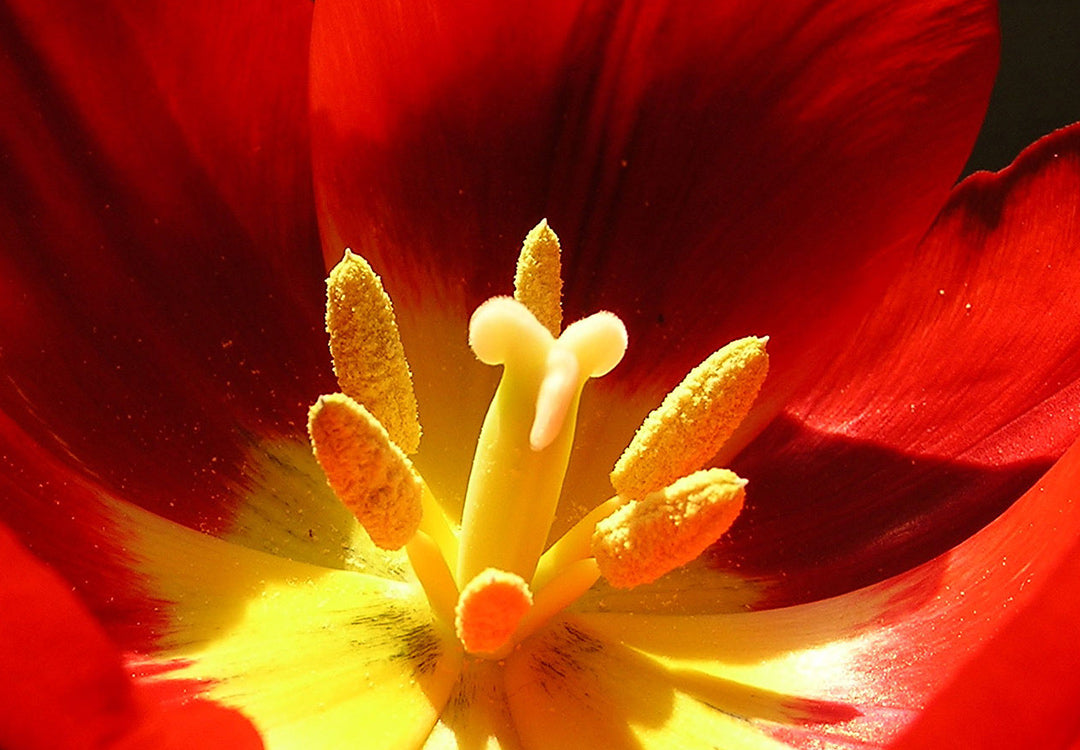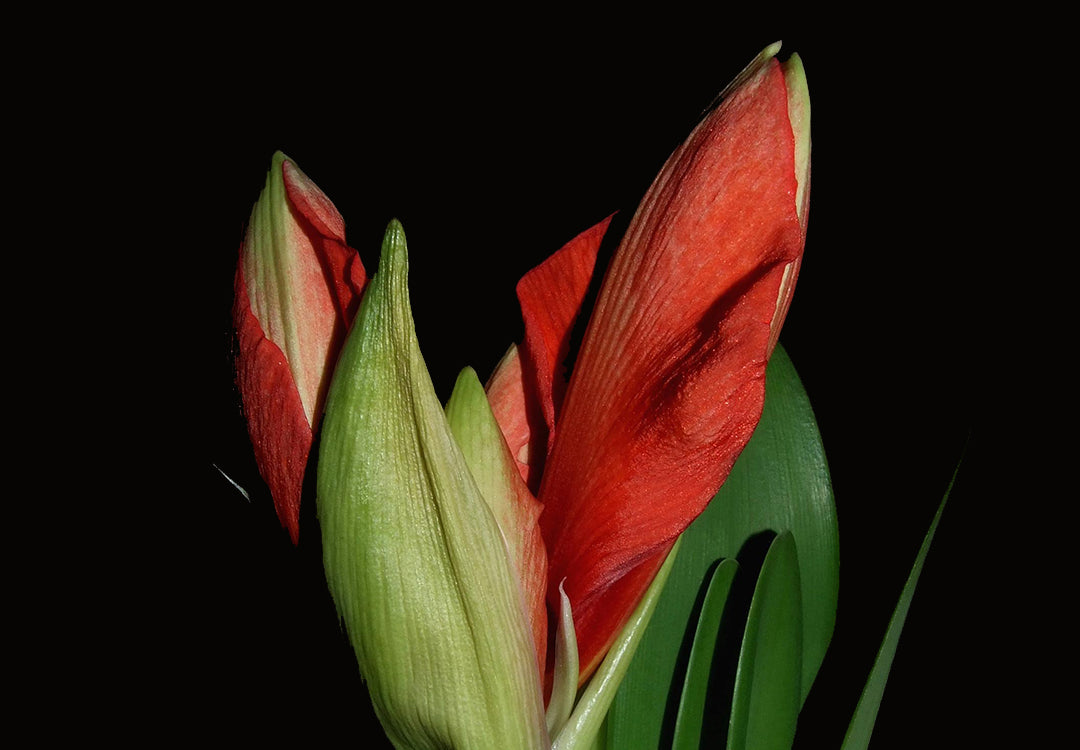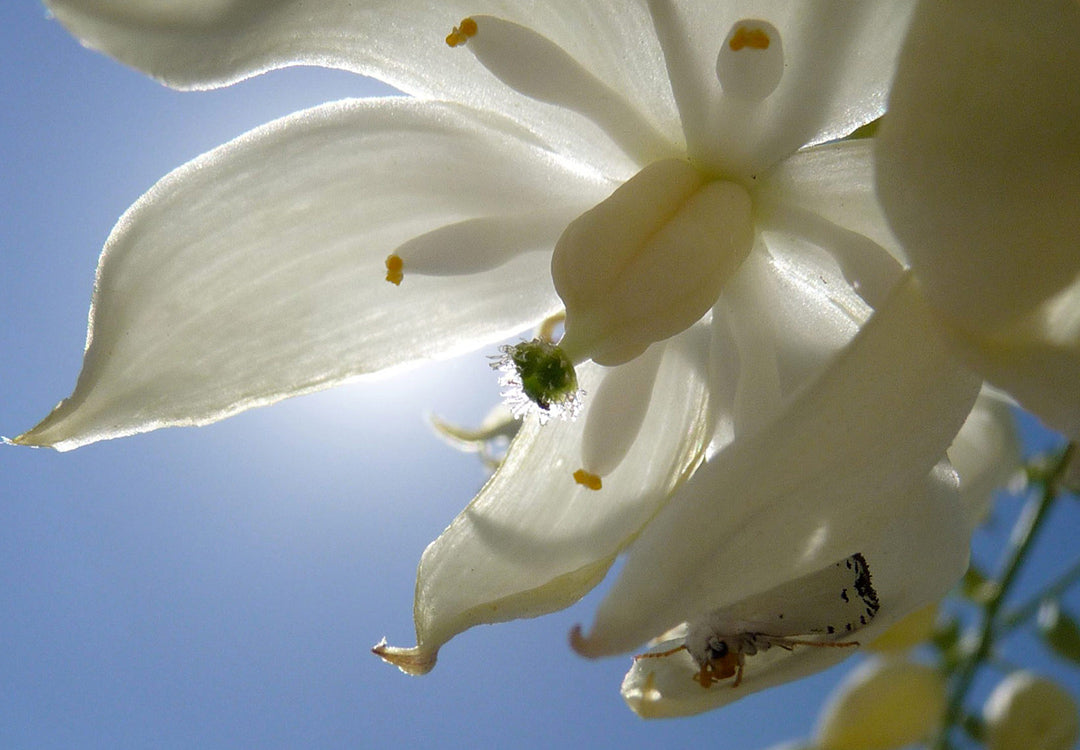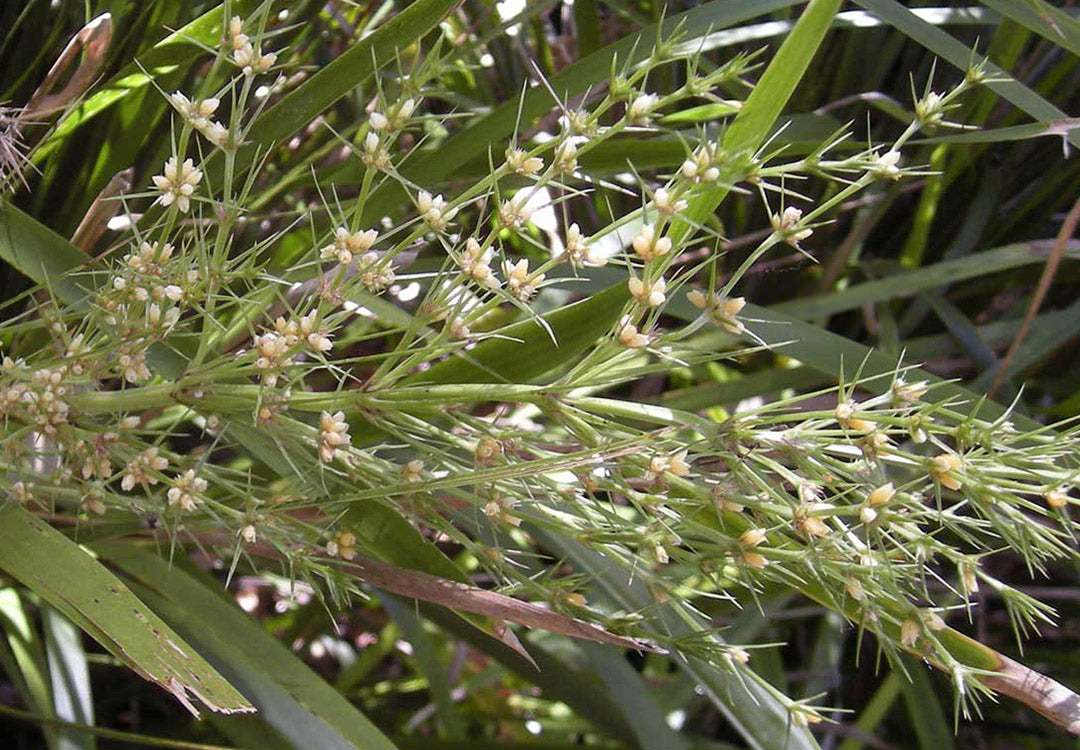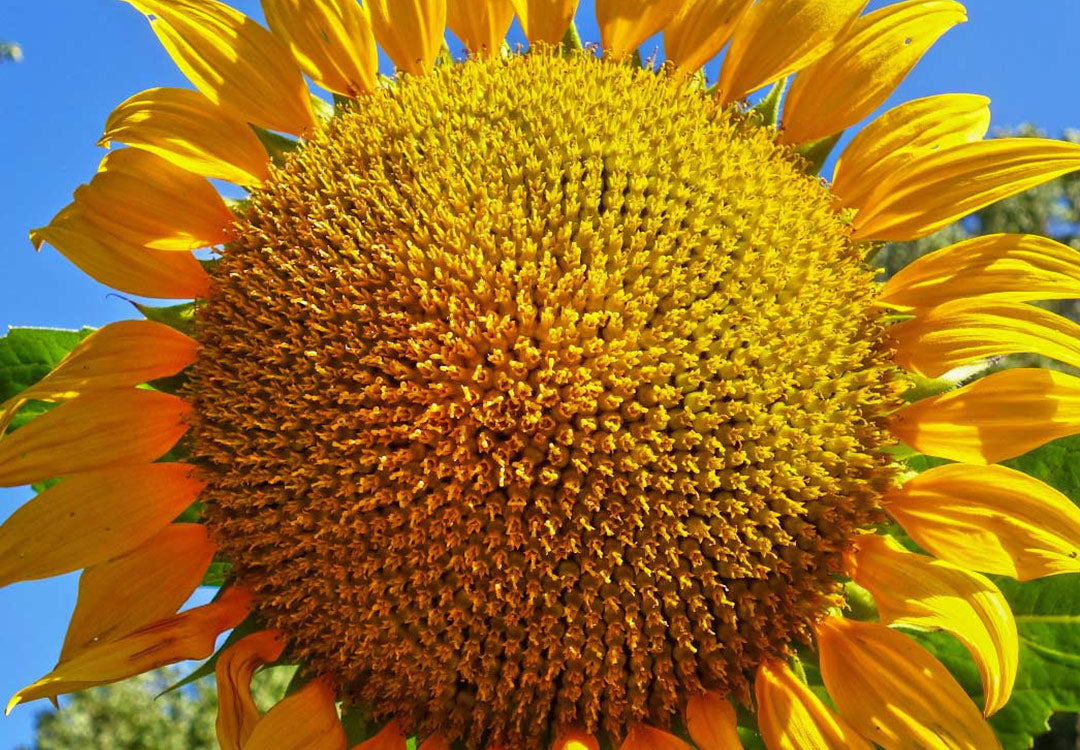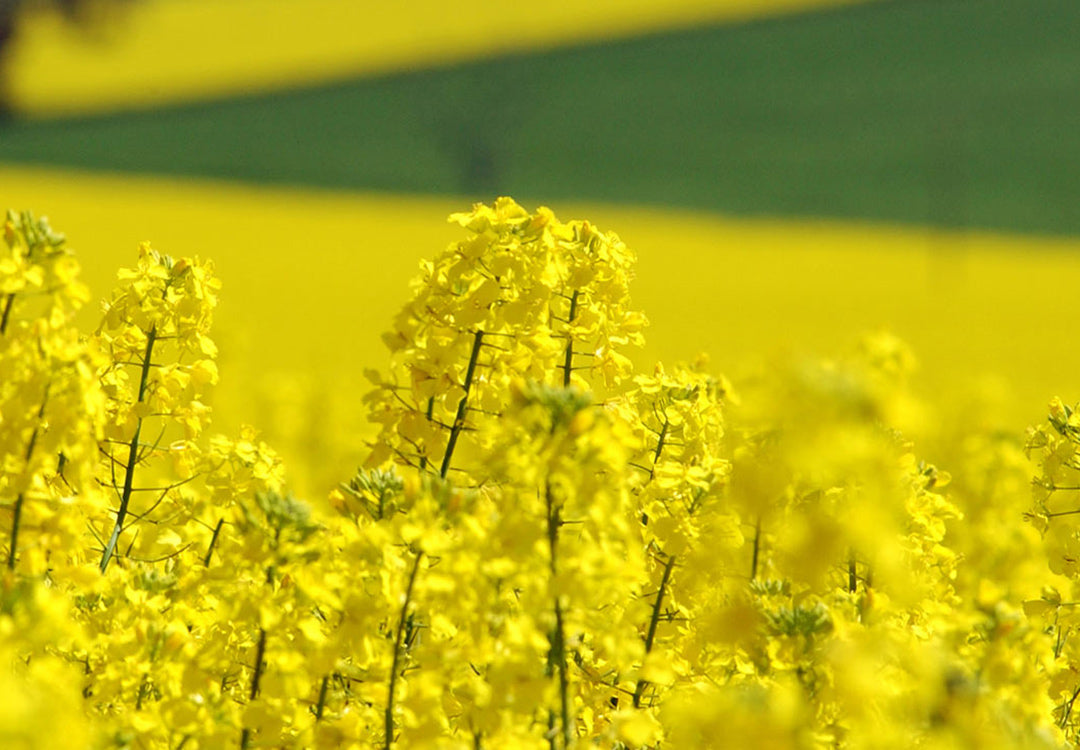Fabaceae, The Legume Family
The legume family is one of the best families to learn early in your plant identification journey because they’re easy to identify and you’ll notice members everywhere you go. This is one of the largest dicot families around, and while most of the plants have a lot in common, there are branches of the family that don’t conform to all
Continue reading
